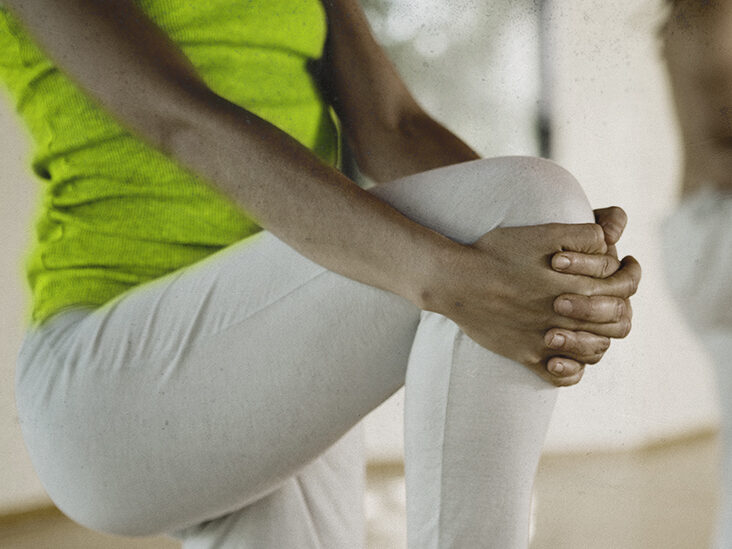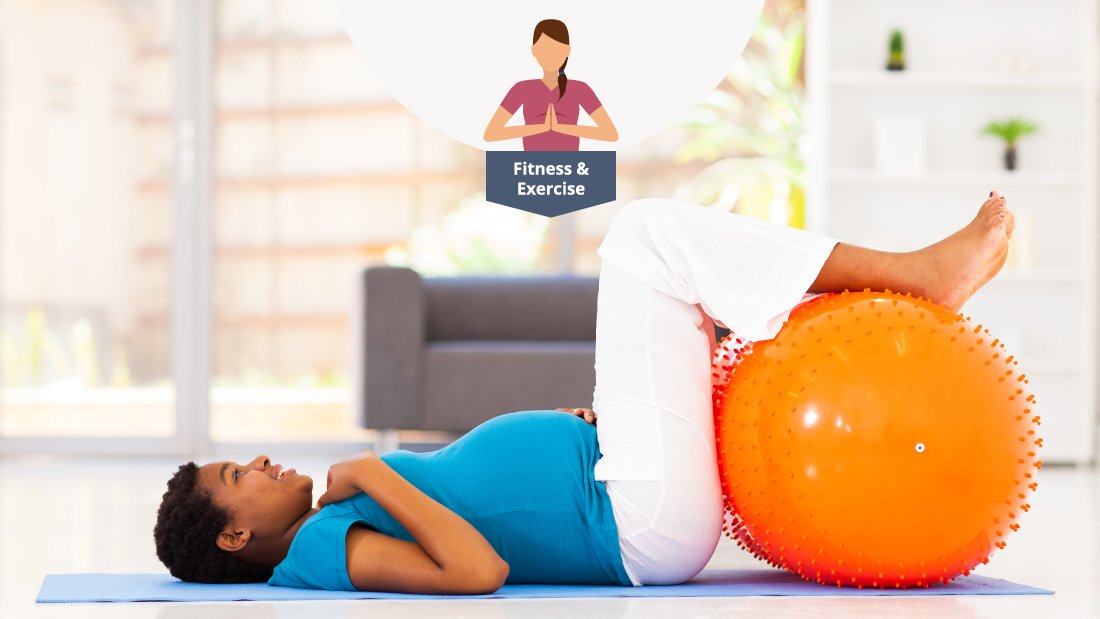
Many yoga balancing positions are well-known. But what do they actually look like? This article will explain the three most well-known ones, including the Tree Pose or Dynamic Dancer Pose. Learn how these poses help you balance out and stretch your muscles. Find out the benefits and drawbacks of each pose. Once you've mastered them, you can move onto more challenging poses, such as the Eagle Pose.
Tree Pose
Tree Poses may be appealing to you, but what is the secret behind their effectiveness? This balancing pose requires you to engage your core and can lead to stronger core over time. This pose is difficult to master for beginners. To help you balance, it might be a good idea to practice from a different position such as a chair, or against a wall. Gradually increase the time you spend in this pose, without having to brace yourself.
When you are performing this pose, keep your eyes on the invisible plumb line. You can strengthen your core and inner thighs by strengthening your core. If you are feeling unsteady, you can place your hand next to the wall to help stabilize yourself. You must maintain your balance. Tree Pose can be difficult. It can be hard if you don’t have strong core muscles.
Dynamic Dancer Pose
The Dynamic Dancer Pose is an advanced balancing pose. To be successful, it requires a playful attitude. You start by balancing your body weight on one foot, bending the knee of the other leg, and lifting your heel towards your buttocks. Next, extend your right arm and grab your foot with one hand. Next, lift your bent leg upwards and return to the original position.

While this pose can be challenging, it offers many benefits that are comparable to other balancing positions. This pose requires flexibility and a strong lower leg and back. It is best to avoid people with slip discs as it places pressure on their lower back. Although the asanas may be difficult, there are many benefits to the Dancer pose. It is best to have a trained instructor teach you how to do it.
Eagle Pose
Eagle is a balance pose that helps to increase flexibility and balance on two levels. Balance masculine and femininity is achieved by the left and right sides. This pose is great for people who feel unwell physically or mentally. It aligns the mind and body, and can help to refocus and refresh your thoughts. Eagle is a great option if you're experiencing discomfort or pain. This pose has many benefits, including improved breathing and reduced chances of injury to the knees.
You need to ensure that your shoulders remain square and relaxed. Cross your left elbow over your right elbow so they are parallel. Once you are in the position, press your hands toward the front of the mat so that you can feel an opening between your shoulders. After you are in the correct position, keep your eyes fixed on a fixed point.
Half Moon Pose
Half Moon Pose (or Half Moon Pose) is a common balance pose. It's also one of the most difficult. Because of the extra strain it places on your hips, this pose is very challenging. Here are some tips and tricks to help you master Half Moon Pose and keep from falling. To perform Half Moon Pose correctly, follow these steps. Once you've mastered this pose, you can practice balancing other poses on the floor.
The Half Moon Pose is an excellent stretching exercise for the entire body. It's especially beneficial if you have tight hamstrings after running or cycling. This pose also opens your chest, shoulders and back. This pose can also help with stress relief and coordination. Stand with your hands at the waist, and then step one foot in front. Your back leg should be pointed toward the sky. Bend your knees. Then, lower your right foot to the ground.
Keep your front knee bent

For balalling poses yoga, keep your front knee bent. This is the key to a forward-fold. While it increases flexibility and balance, it can also improve your flexibility. But you need to be careful not to let your knees touch. It's best to not wait until your front knee bends to accomplish this. Instead, make sure you fold forward. This is because your pelvis naturally tilts inwardly when you bend your front leg into a forward fold. It puts more stress onto your knees.
These balancing poses can be done on one leg while you learn to balance in yoga classes. This will help you stretch your back and improve balance. Keep your front knee bent in order to protect it from twisting stress. These poses can be made more difficult by changing the distance between your feet. Half-moon poses are a great way to strengthen and balance. The front of your body turns inward toward the long edge of the yoga mat.
Find your drishti or focal point
For any balance pose, the drishti is the focal point. Keep it in your sight. A good place to find this point is two or three feet in front of you. This will help you remain centered even if your gaze moves to the side. Standing positions such as a handstand require stability around your ankles. As with any challenging pose, these balancing poses require patience and focus to get right.
A drishti, which helps align the body, is an important part of yoga practice. It can also help you maintain a good posture throughout the asana. In downward facing dog, for example, your drishti is your navel, while your drishti in warrior II is the fingertips of your forward hand. In forward fold, the gaze is focused on your toes while the gaze is directed towards the torso when you are doing twists.
FAQ
Why is mental well-being important?
Work, play, learn, and love. Mental health refers to our overall wellbeing. The physical, psychological as well as social, spiritual and environmental factors that influence us every day are all part of mental health. There are many methods to care for yourself physically, mentally, emotionally and spiritually. You don't have to do everything at once; just start somewhere!
Understanding where your mental health stands now is the first step toward improving it. Take this quiz and find out how much you're doing to support your mental wellbeing. If you score low, then you might want to consider making some changes to your lifestyle.
Imagine you have scored high. Here are some things you can do that will help improve and maintain your mental health.
-
Get Enough Sleep. Getting adequate rest helps keep your brain sharp and energized. Get at least 7 hours of sleep every night according to the American Academy of Pediatrics.
-
Exercise Regularly. Exercise releases endorphins, which make you happier and less likely stress. Aim for 30 minutes of exercise five times per week.
What are some examples for mental-emotional disorders?
Any condition that causes distress or impairment to functioning is called a mental disorder. Some examples of mental disorder include anxiety, depression, schizophrenia.
Why is mental health so important?
Everyone's mental health is important. Mental health is essential for everyone. It is important to keep your mind healthy.
If we are not feeling well mentally, our bodies will start to show signs of stress. This could cause problems in the body such as backaches, stomachaches, headaches and stomach pains. To keep our bodies and minds healthy, we must take care ourselves.
What does my mental health have to do with my relationships?
Your mental health affects every aspect of your life. It affects your ability function properly at school, work, and home. A mental illness can make it difficult for you to have meaningful relationships.
It's easy for people to judge you when you have a mental illness. You might even avoid social situations if you feel like no-one understands.
However, it's important to remember that people want to be around you. You only need to teach them how to approach you.
If you have trouble connecting with people, it is worth talking to them about what your feelings are. Ask for their guidance and tell them how you feel.
Is it possible for me to be depressed?
Depression is a common problem among teens. However, it's important to realize that many teenagers struggle with depression.
This doesn’t mean you’re insane or weak. Most people who are depressed aren't aware of it. Depression can be a medical condition.
There are different kinds of depression. Some people experience only sadness. Other people may experience other emotions as well. There are different levels of severity.
Some people experience mild depression, while others have severe cases. It's important to understand that depression isn't always bad. Sometimes, it helps us deal with stressful situations.
However, if you find yourself feeling demotivated or sad all the time, you should consult your doctor. Your doctor will be able to diagnose you and determine if you need treatment.
Statistics
- Neuropsychiatric diseases are the leading cause of death and disability in the U.S., accounting for 18.7 percent of all years of potential lifespan loss and premature mortality.
- In any given year, an estimated 18.1% (43.6 million) of U.S. adults ages 18 years or older suffered from any mental illness, and 4.2% (9.8 million) (healthypeople.gov)
- More than 50% will be diagnosed with a mental illness or disorder at some point in their lifetime.3 (cdc.gov)
- More than 40 million adults in the United States have an anxiety disorder, but less than 37% of people seek mental health treatment for their symptoms. (talkspace.com)
- It does have some influence, but not nearly as much as we might think, so focusing less on attaining wealth will likely make you happier (Aknin, Norton, & Dunn, 2009); (positivepsychology.com)
External Links
How To
How to Improve Memory
Memory is one of those things that everyone wants to be able to remember better. Unfortunately, memory loss can happen to anyone at any time. More than half of Americans over 65 are affected by some type of dementia.
It doesn't matter if you have Alzheimer's, dementia or another form of cognitive decline. There are lots of options to help improve your memory. These are three easy steps you can do today to improve your memory.
-
Eat More Fruits & Vegetables. Vegetables and fruits are rich in antioxidants, vitamins and minerals as well as fiber and phytochemicals which can boost brain function. They also contain essential nutrients that protect against neurological disorders.
-
Get Enough Sleep. Low sleep quality has been linked both to memory loss, poor concentration, and memory loss. Get seven to eight hours of sleep each night.
-
Take a walk. Walking stimulates blood flow, which increases memory. Walking can help you lose weight, which will make you appear slimmer and healthier.